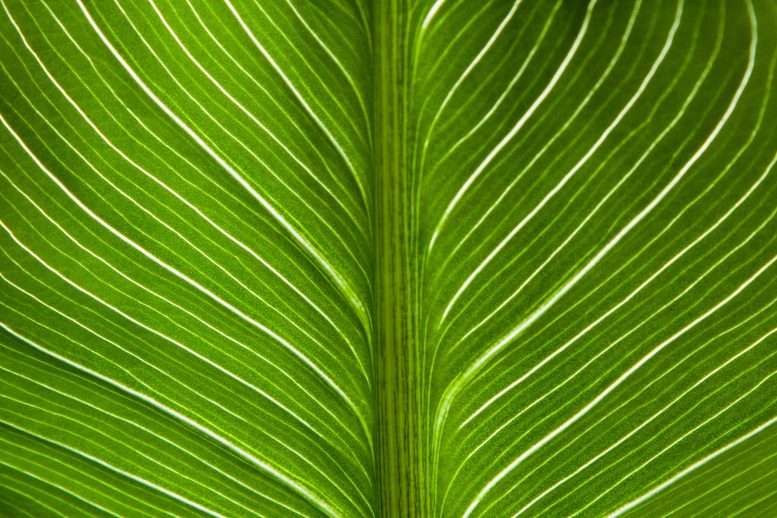
A new study shows the swelling of tiny pectin filaments within cell walls propels these shape and growth of plant cells.
The shape and growth of plant cells may not rely on increased fluidic pressure, or turgor, inside the cell as previously believed. Rather, a new study shows the swelling of tiny pectin filaments within the cell wall propels these morphological changes.
If true, this discovery could overturn the current textbook model for plant cell expansion, and it suggests similar biochemical processes could underlie cell growth in other organisms as well, including animals. The authors also hope their observations inspire the development of new smart materials mimicking the unique expansion of plant cell walls.
Composed of a network of puzzle-like pieces, called pavement cells, the outermost layer of plants protects the structure and integrity of the specialized cells within. The walls of pavement cells are composed of polysaccharides, proteins and pectins and can shift between different states in response to chemical cues to support cell shape, size and division. But just how cell wall components contribute to the shaping and expansion of the puzzle-like cells is yet unclear.
Kalina Haas and colleagues studied the morphogenesis of pavement cells in Arabidopsis cotyledon (the first leaves to emerge from a germinating seed). They employed data sonification methods to perceptualize the wide variety of pavement cell shapes with sound. Using super-resolution imaging techniques to home in on homogalacturonan (HG) polysaccharides, a kind of pectin in the cell wall, the researchers found that these polysaccharides assemble into discrete nanofilaments rather than a cross-linked network bound to structural proteins.
Though the microscopy methods could not provide a closer look at these structures, Haas et al. postulated that HG are multi-subunit structures that, when demethylated, shift from their crystalline state into a swelling state that leads to wall expansion and growth of “lobes” on the pavement cells.
They validated their hypothesis in models whereby they simulated lobe development in cotyledon and induced demethylation of pectin components in the cell wall. This altered the plant cell shape despite the absence of hydration and turgor pressure.
Reference: “Pectin homogalacturonan nanofilament expansion drives morphogenesis in plant epidermal cells” by Kalina T. Haas, Raymond Wightman, Elliot M. Meyerowitz and Alexis Peaucelle, 28 February 2020, Science.
DOI: 10.1126/science.aaz5103
“Pectin homogalacturonan nanofilament expansion drives morphogenesis in plant epidermal cells,” by K.T. Haas; R. Wightman at University of Cambridge in Cambridge, UK; K.T. Haas at Laboratoire Matière et Systèmes Complexes in Paris, France; K.T. Haas at UMR 7057 CNRS in Paris, France; K.T. Haas at Université Paris Diderot in Paris, France; E.M. Meyerowitz at Howard Hughes Medical Institute in Pasadena, CA; E.M. Meyerowitz at California Institute of Technology in Pasadena, CA; A. Peaucelle at Institut Jean-Pierre Bourgin in Versailles, France; A. Peaucelle at UMR 1318 AgroParisTech in Versailles, France; A. Peaucelle at INRAE in Versailles, France; A. Peaucelle at Université Paris-Saclay in Versailles, France.

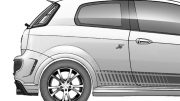

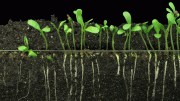
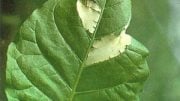
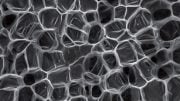
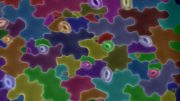
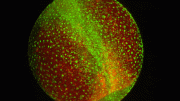
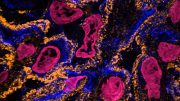
good , thx
Very good article https://scitechdaily.com/biology-textbooks-may-be-wrong-newly-discovered-driver-of-plant-cell-growth-contradicts-current-theories/